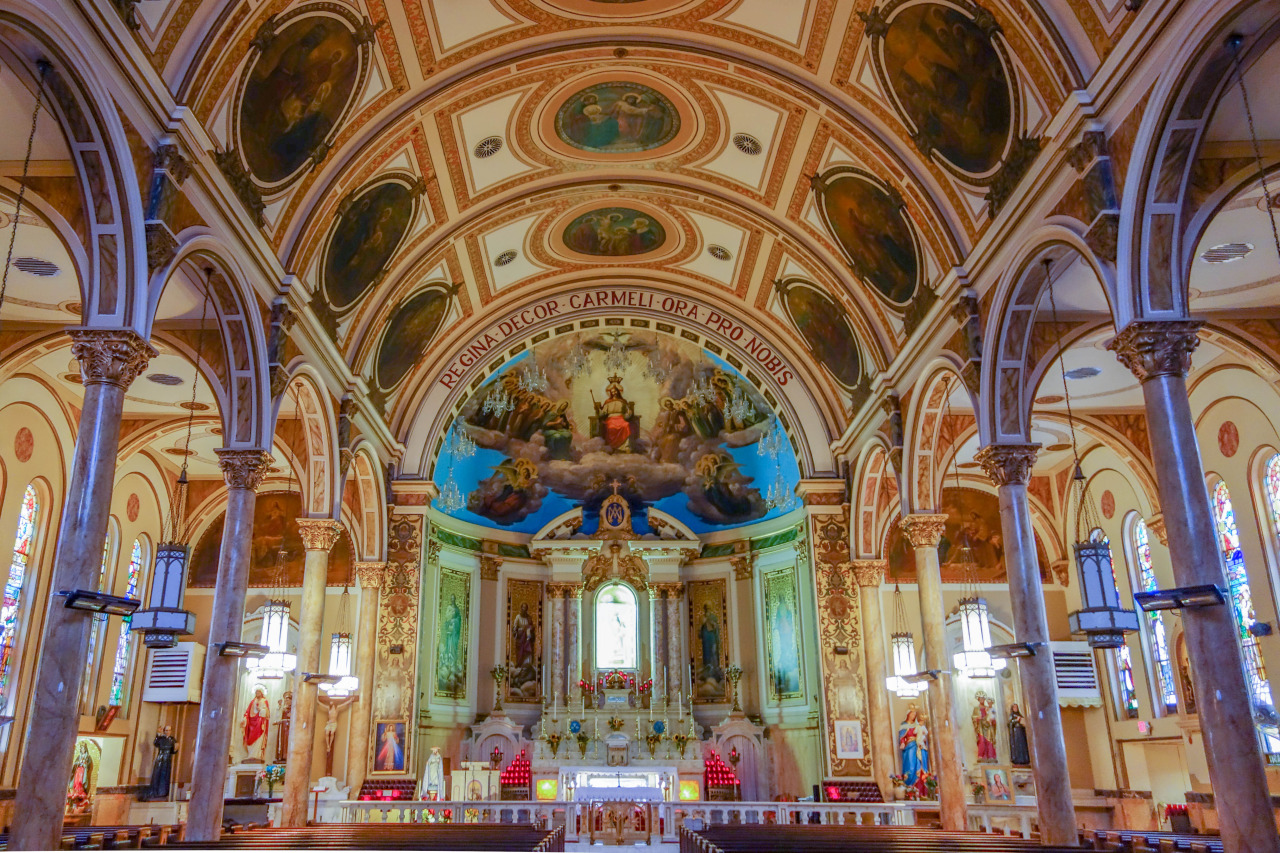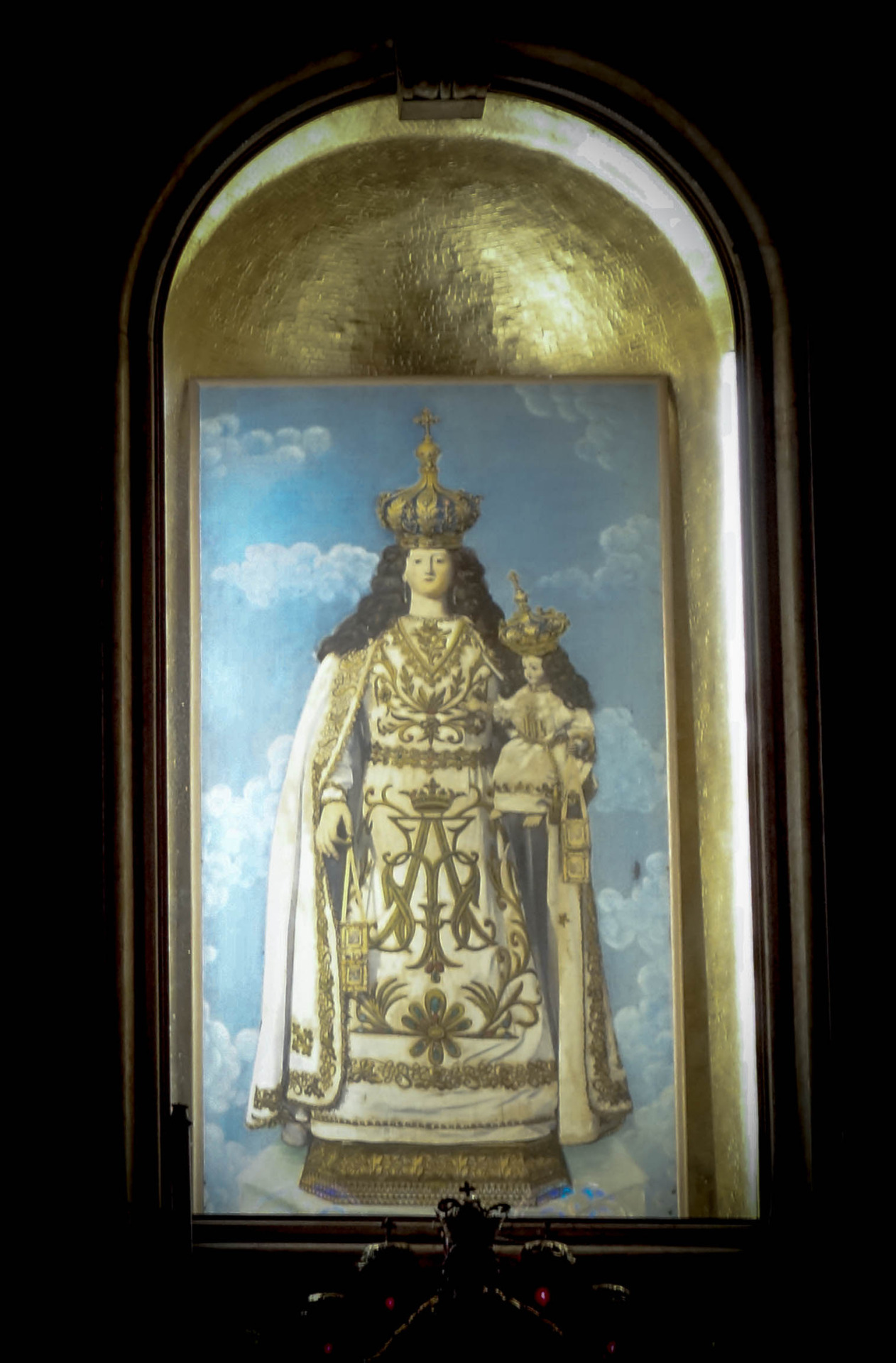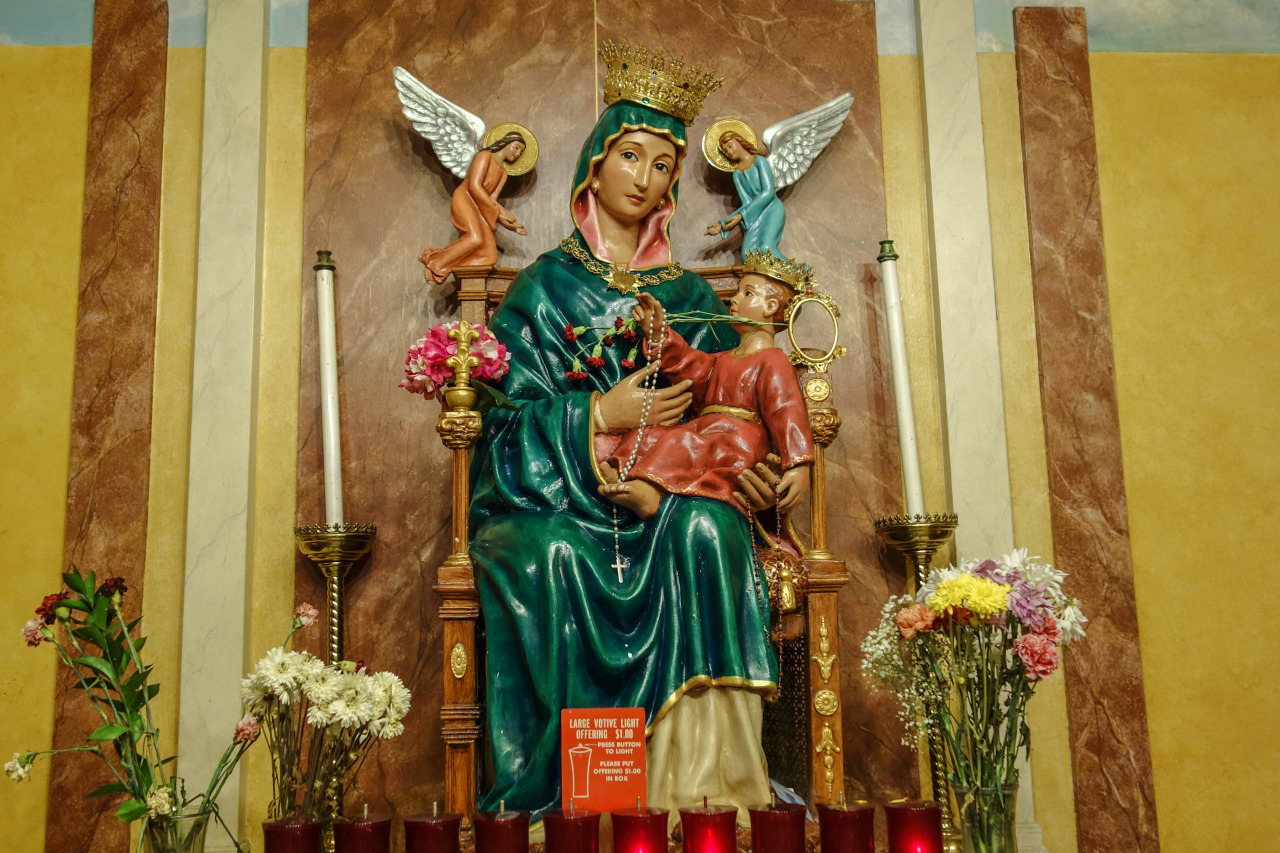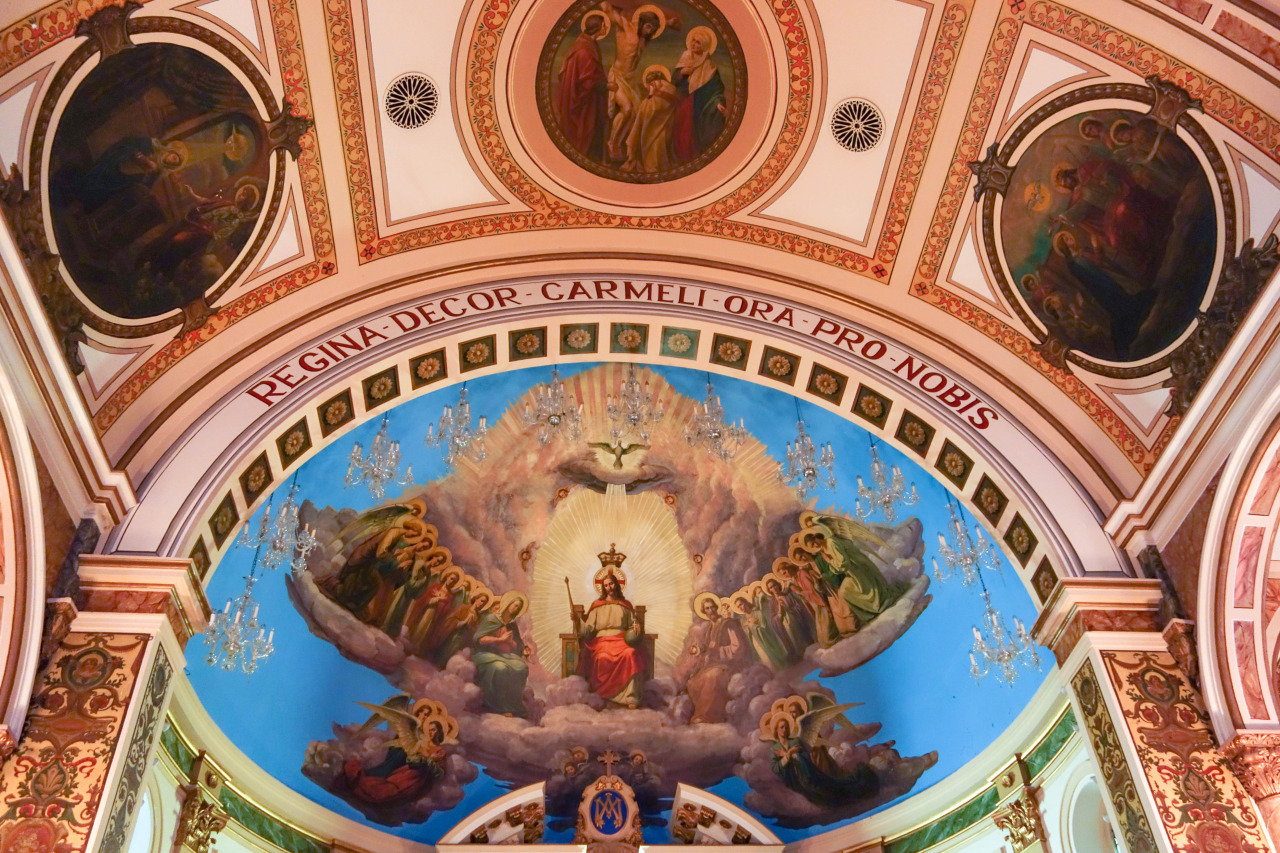Voodoo Lady: A Culture Clash in New York
During my last trip to New York, I decided to go photograph the beautiful Our Lady of Mt. Carmel Church in East Harlem. This church and the famously elusive Rao’s restaurant are just about all that’s left of the Italian immigrant community in upper Manhattan.
During the major wave of Italian immigration at the turn of the twentieth century, Italians found themselves near the bottom of the immigrant barrel in New York. The Irish had already established themselves as the face of the Catholic Church here and unlike the Irish, the Italians didn’t have the benefit of already speaking the language of their new country. They were outsiders and even the religion they technically shared with the Irish was seen as foreign and less refined. The Irish style of Catholicism had in some ways been reformed by Protestantism so the Italian's love of images, which included their icons, saints’ processions and wax ex voto offerings, seemed tainted by paganism in comparison. So the Italians set up their own community uptown and brought over an icon of Our Lady of Mt. Carmel from Polla, Italy in 1882. Shortly after her arrival, the icon became known for facilitating miracles.
Today there are hardly any Italians in East Harlem. Their days of being the misunderstood immigrant population are over. In fact, the ones who stayed in the neighborhood are now the establishment and suspicious of the more recent immigrants.
Getting in to see the church was difficult. When I called to ask what time it was open, the woman who answered wanted my name and the reason I was interested in the church. She warned me that it was only open for mass and then immediately locked up. For a church with so much history, this was unusual; most parishes stay open for at least a few hours every day to welcome cultural and religious visitors. But when I showed up, I talked to the sacristan a bit and found out why. Recently, Haitian immigrants had been worshiping at the church thanks to the Italian icon. Some were Catholic but others worshiped another woman in blue and white depicted holding a child: Ezili Danto, a Vodou loa.
There were also concerns within the parish that new Latin American parishioners might be coming to practice Santeria, substituting the icon for Oya, ruler of the dead. The sacristan asked if I was Italian-American. I am, so I was welcomed and given permission to photograph as long as I liked. The former underclass now holds a privileged position here.
Inside there is a palpable tension between cultures. The miracle-working Italian icon in the main altar has been replaced with a painting. The real icon is safely tucked away from the diverse crowd and taken out only during her feast, which is still planned exclusively by a dwindling group of Italians. A second icon of Our Lady is in a side chapel, surrounded by vases full of flowers people bring her. “Do NOT write on the statues” signs warn, wary of foreign practices sneaking in. Instead people leave petitions on slips of paper near the statue, some in English, others in French Creole. They’re all looking for help. Everybody wants a leg up, and sometimes that just means having someone newer and more foreign, who’s beneath you. Welcome to New York.





